Popular games built on game engine Super Mario 64 Engine
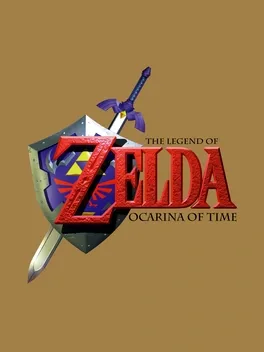
The Legend of Zelda: Ocarina of Time is the fifth main installment of The Legend of Zelda series and the first to be released for the Nintendo 64. It was one of the most highly anticipated games of its age, and is listed among the greatest video games ever created by numerous websites and magazines. The gameplay of Ocarina of Time was revolutionary for its time, it has arguably made more of an impact on later games in the series than any of its predecessors even though they had the same cores of exploration, dungeons, puzzles and item usage. Among the gameplay mechanics, one of the most noteworthy is the time-traveling system. The game begins with the player controlling the child Link, but later on an adult Link becomes a playable character as well and each of them has certain unique abilities. Ocarina of Time also introduces the use of music to solve puzzles: as new songs are learned, they can be used to solve puzzles, gain access to new areas and warp to different locations. Dungeon exploration is somewhat more puzzle-oriented than in earlier games but they are not too complex.
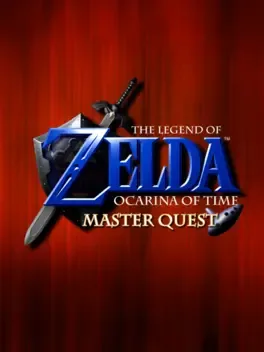
The Legend of Zelda: Ocarina of Time - Master Quest is a reworked version of the original Ocarina of Time for the Nintendo 64. Master Quest contains largely the same content as the original game but with more redesigned and difficult dungeons. Master Quest was available on a special bonus disc that also contained the original Ocarina of Time, it was given out in limited quantities with preorders of The Wind Waker. It was previously developed to be released as an expansion to the original game via the Nintendo 64DD, but that version was cancelled due to the lackluster sales of the hardware.
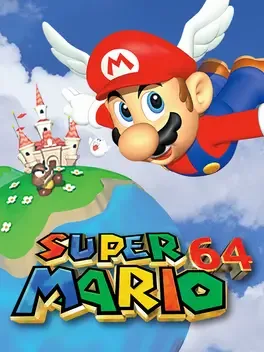
Mario is super in a whole new way! Combining the finest 3-D graphics ever developed for a video game and an explosive soundtrack, Super Mario 64 becomes a new standard for video games. It's packed with bruising battles, daunting obstacle courses, and underwater adventures. Retrieve the Power Stars from their hidden locations and confront your arch-nemesis— Bowser, King of the Koopas! • Run freely in a grassy meadow, tip-toe through a gloomy dungeon, climb to the top of a mountain, or take a swim in the moat! • Leap headfirst into a watery painting and soon you'll be searching for the surface in an underwater realm! • On-the-fly, 3-D rendered gameplay delivers the action of ruthless enemy attacks from every angle! • Find the Caps that give Mario super powers and ponder the mysteries of the pyramid; you can even race Koopas for fabulous prizes! • With the Nintendo 64 Controller and its analog Control Stick, Mario can crawl, kick down obstacles, swim, do reverse flips, and even stick the landing on his backwards somersault! • Saved game information is stored for up to four players in memory.
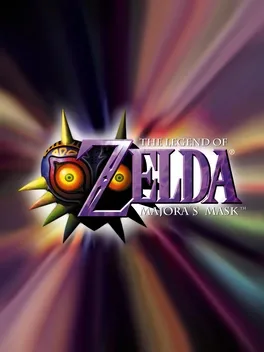
The Legend of Zelda: Majora's Mask is a direct sequel to Ocarina of Time, it utilizes the same engine and visual style as its predecessor. The game retains the traditional elements of Zelda games as well as those introduced in Ocarina of Time, such as active blocking with a shield, various throwing items, and the usage of melodies played on the ocarina to solve puzzles. Compared to the previous Zelda games, this installment is more oriented towards interaction with NPCs and has a larger variety of items, optional quests, and mini-games. It also includes a time system that spans three days, and this cycle must be reset periodically to progress through the game.

This version of Super Mario 64, originally released only in Japan, is an enhancement over the International release of the game, as it retains all of the glitch fixes as well as graphical and sound changes. The main differences of this version are the Rumble Pak support, some small glitch fixes, the most notorious being the removal of the backwards long jump, a very important technique for the speedrunning scene, and a new title screen easter egg. This version would later be released on the iQue Player in China (without Rumble support), on the Japanese Wii and Wii U Virtual Console. It was finally localized and released internationally as part of Super Mario 3D All-Stars (under the name of "Super Mario 64"), with small visual enhancements.
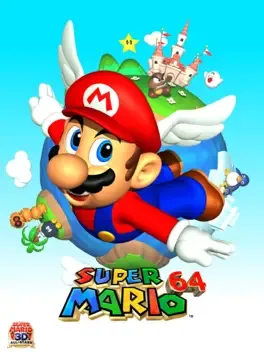
A port of Super Mario 64 included in Super Mario 3D All-Stars, built upon the Shindou Pak Taiou Version and its enhancements, also featuring updated textures and a higher output resolution. With a timeless control scheme that’s featured in every one of his 3D outings since, Super Mario 64 marked Mario’s glorious debut into the world of 3D. Wall jump, backflip and even fly as you explore paintings around Princess Peach’s castle to collect Power Stars and stop Bowser!
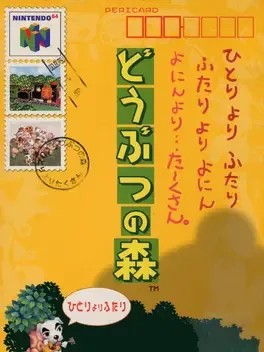
Doubutsu no Mori is the name of the first installment in the Animal Crossing series. It was released only in Japan for the Nintendo 64. It was later remade for the GameCube in 2002, and released worldwide as Animal Crossing. This game is compatible with the Expansion Pak and is displayed in a higher resolution when it is used (640x480 as opposed to 320x240).

Super Mario 64 Disk Version is a prototype disk that was created for display at Nintendo’s Shoshinkai show in 1996, to help promote the 64DD add-on, but never received a general release. The game itself is only slightly different to the cartridge version that had been released in Japan some months prior, with an altered castle theme, the omission of the famous 3D Mario head and a couple of game-breaking bugs in Tiny Huge Land.
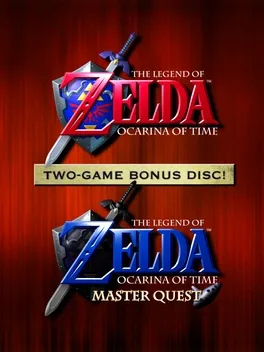
A special bonus disc that contained the both the original Ocarina of Time and the previously unreleased Master Quest. This disc was given out in limited quantities with preorders of The Wind Waker. Additionally, it was sold packaged with The Wind Waker in some regions.